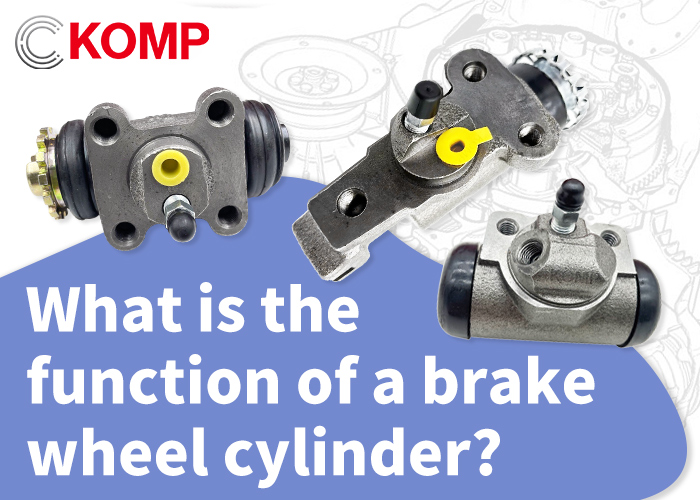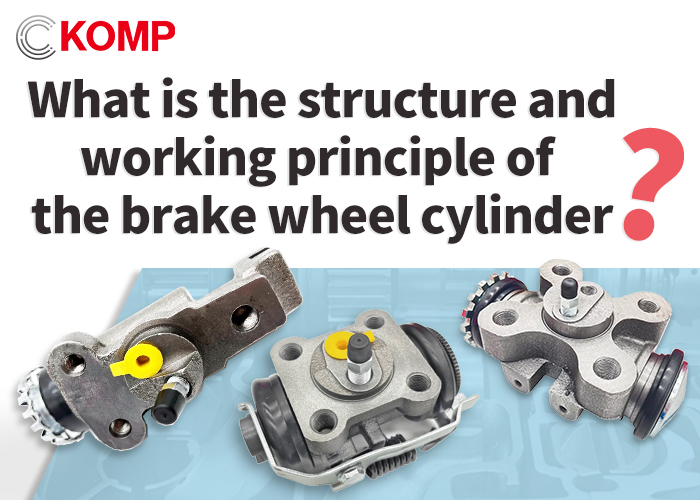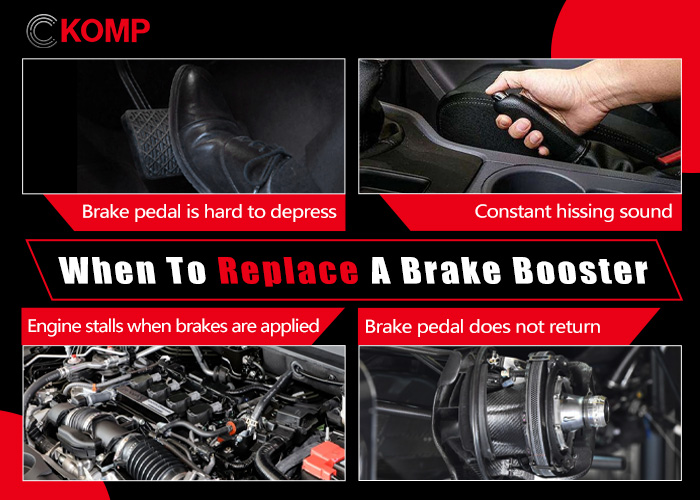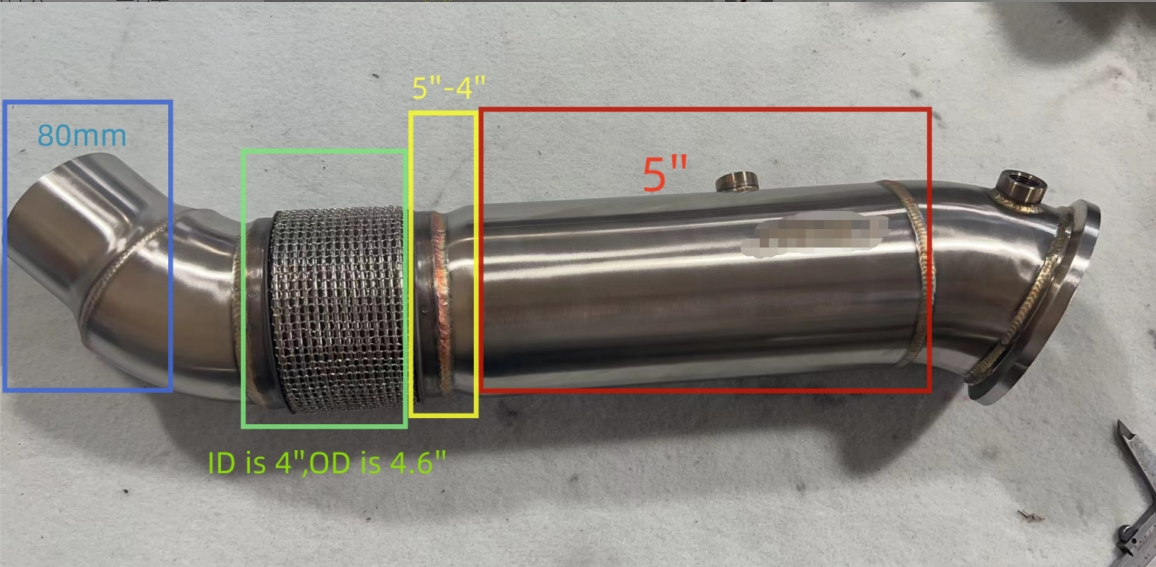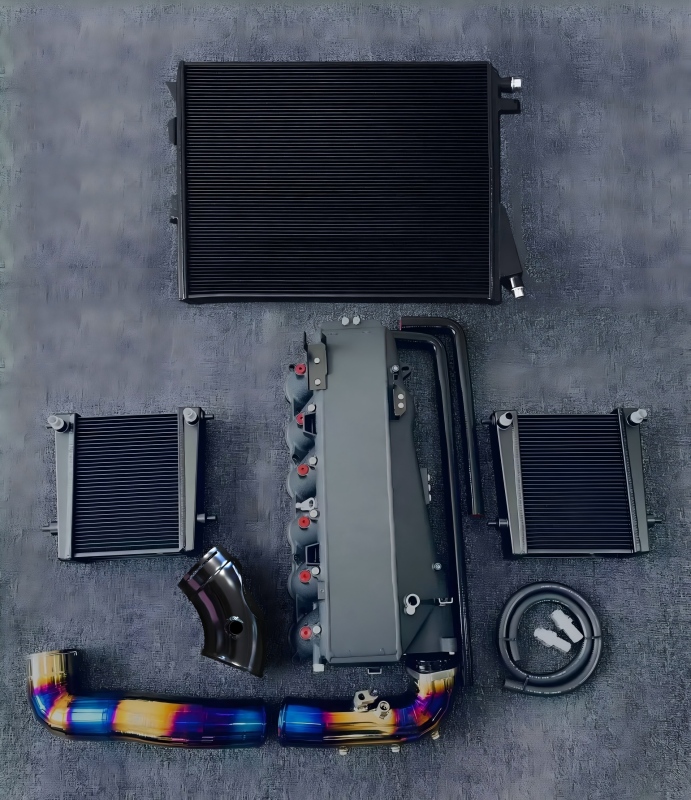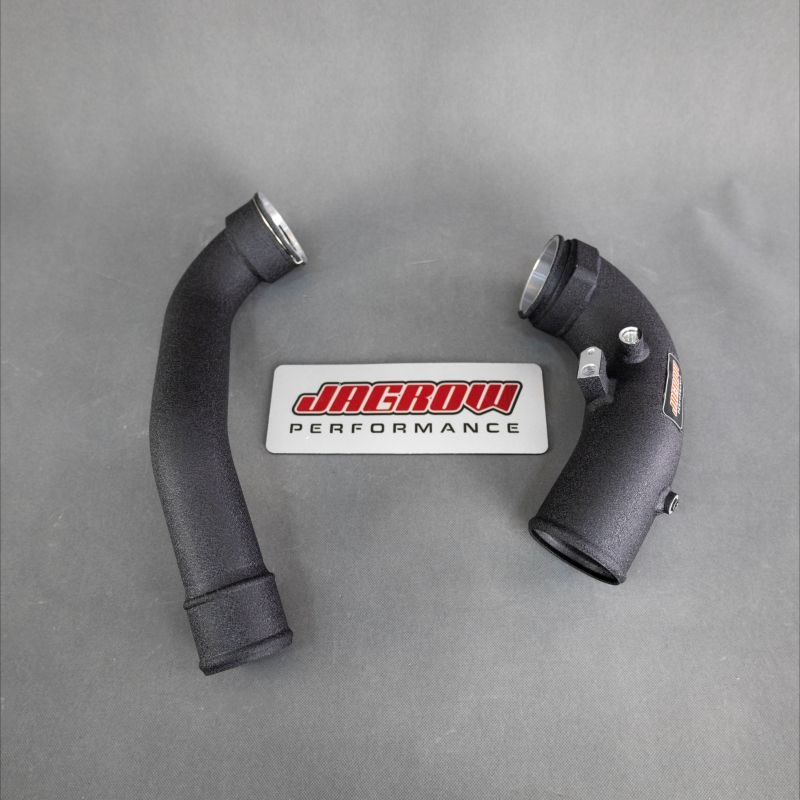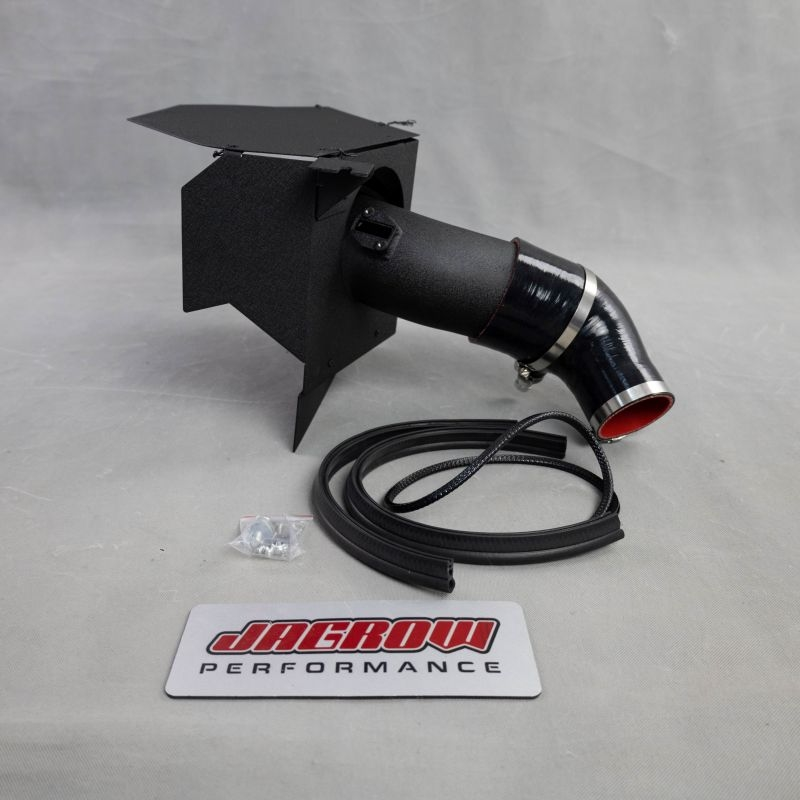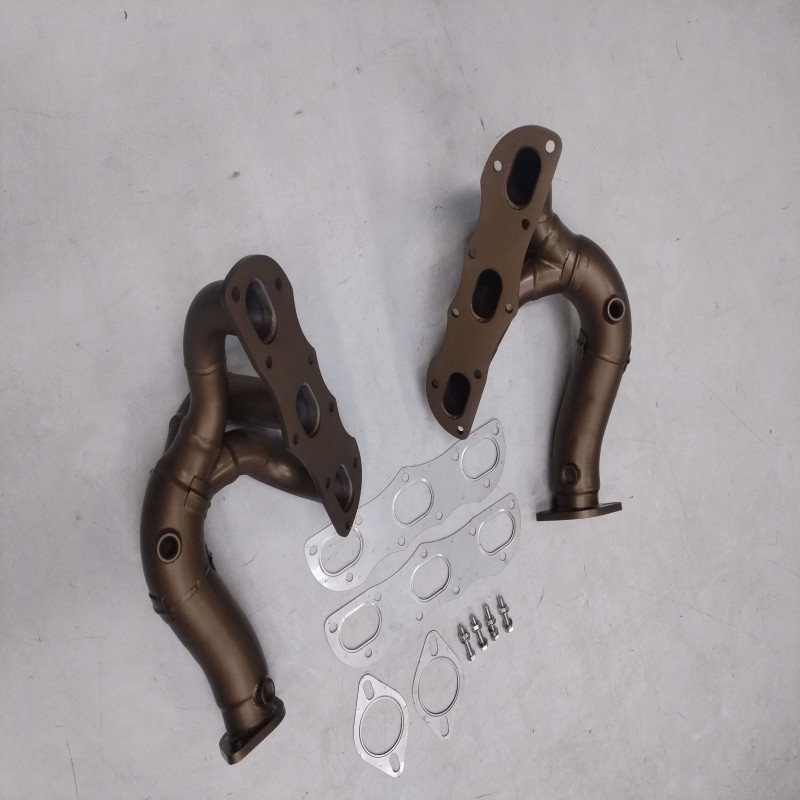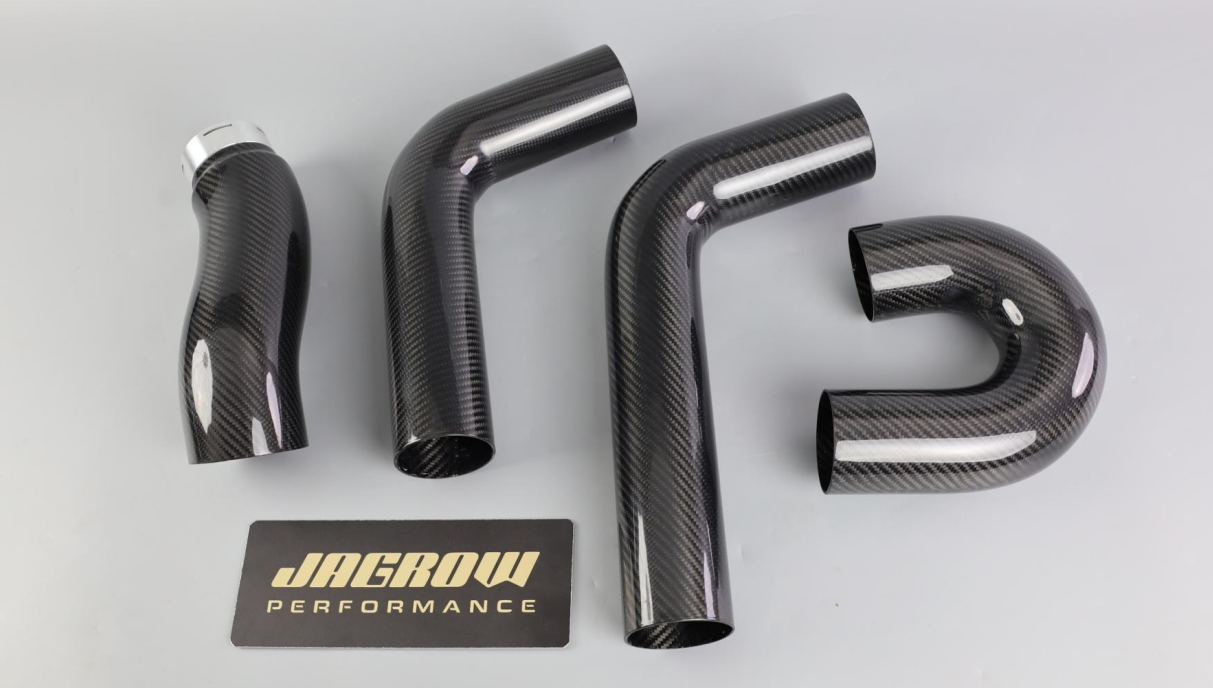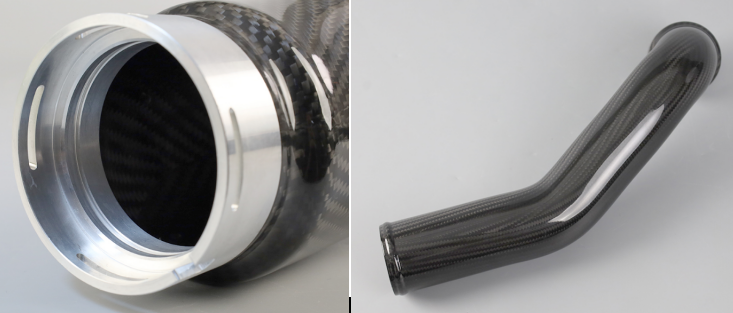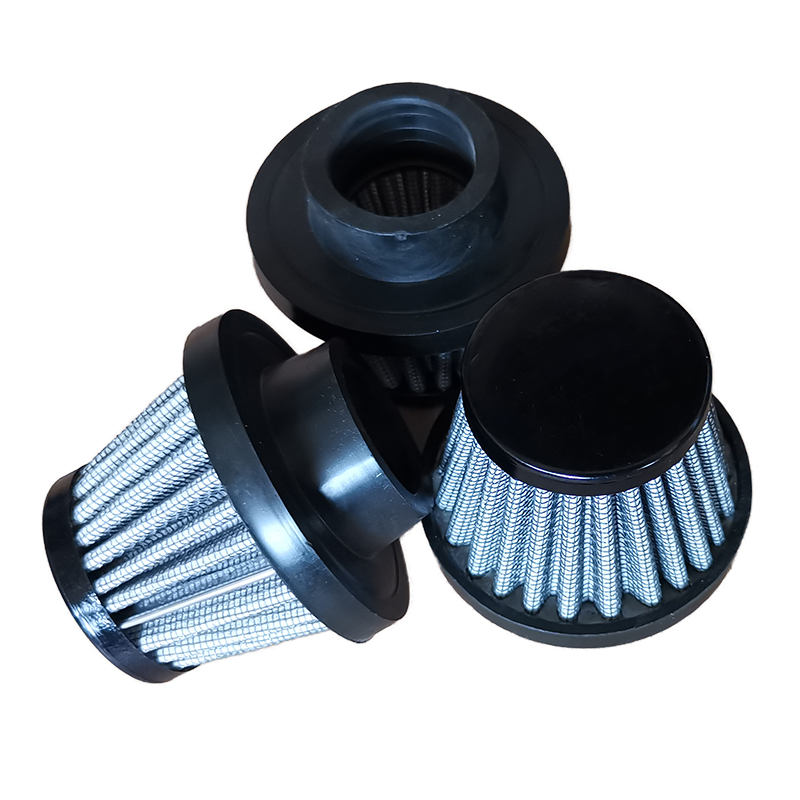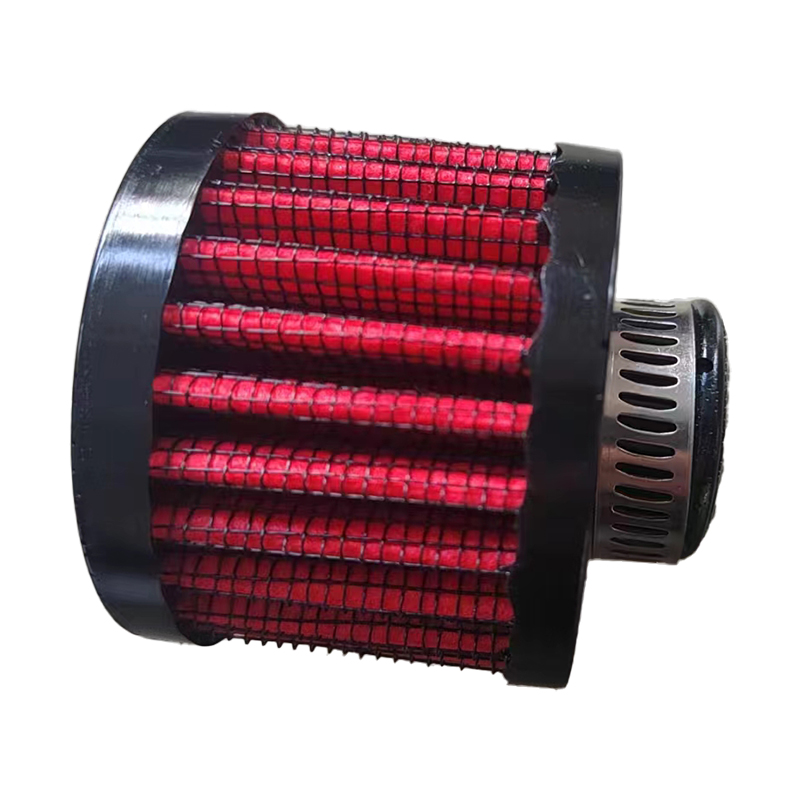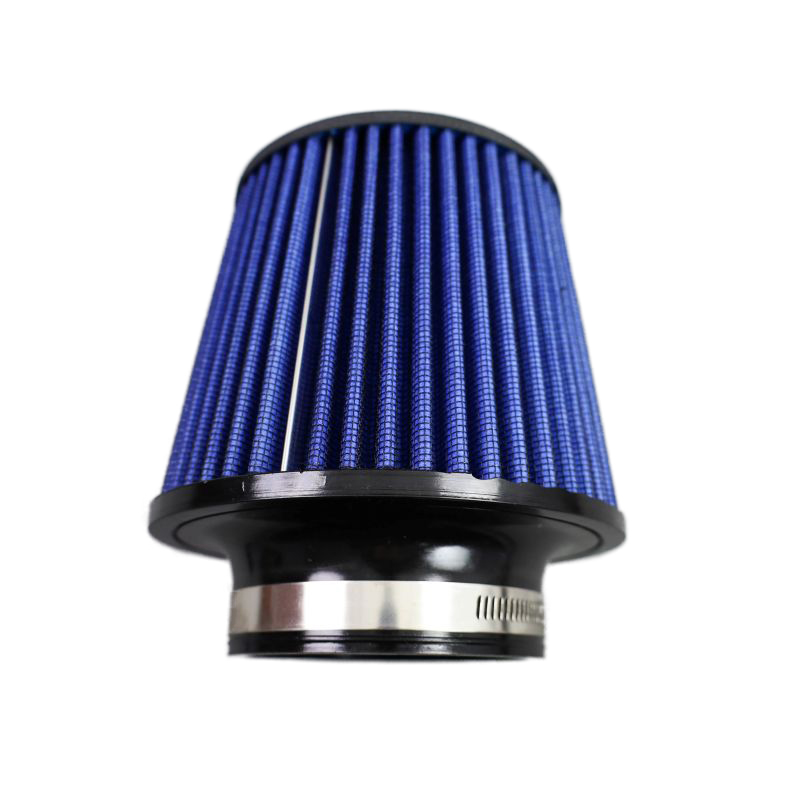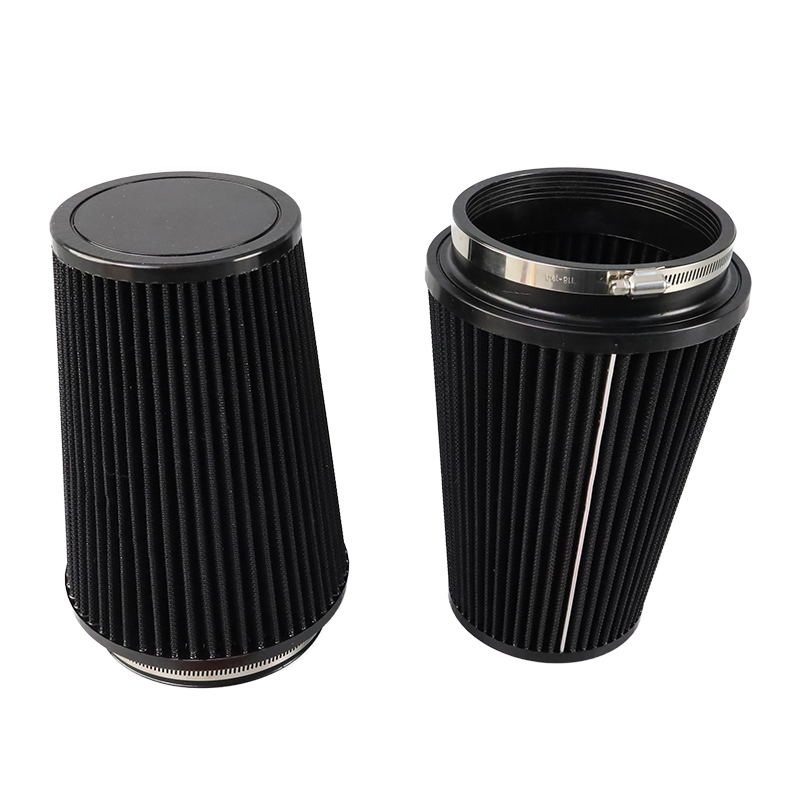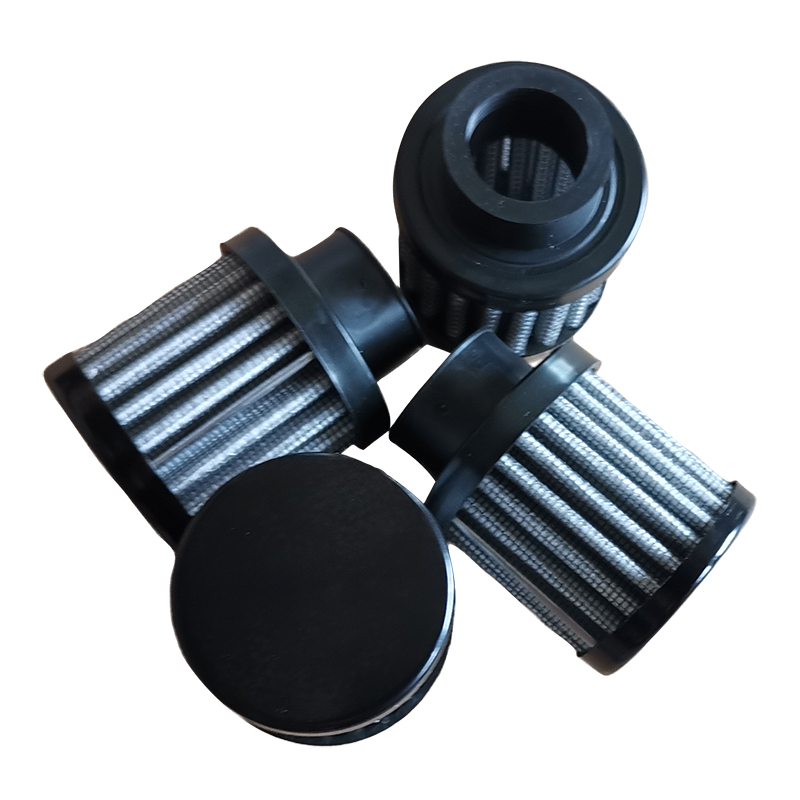Introduction
The car suspension system is a critical component that connects a vehicle’s wheels to its body. It is designed to absorb road shocks and uneven surfaces, keeping the tires in contact with the road for stability and comfort. A typical suspension includes several components, each with a specific role. The main functions of the suspension system are to absorb shocks and vibrations from the road, maintain tire contact with the road, and provide a smooth ride by distributing vehicle weight evenly. Below is a detailed overview of the key suspension parts, their names, and their functions:
1. Springs
Function: Springs are the primary load-bearing components that support the vehicle’s weight and absorb shocks from the road. They compress and extend to cushion impacts, preventing the shocks from being transmitted to the car body. In doing so, springs also help maintain proper ride height and distribute the vehicle’s weight evenly across the wheels. By absorbing energy from road bumps, springs improve ride comfort and stability.
Types: There are several types of springs used in car suspensions. The most common are coil springs (spiral steel coils that compress under load), leaf springs (stacked steel strips used mainly in older trucks and some rear suspensions), and torsion bars (steel bars that twist when loaded. Each type has different characteristics and is suited to specific vehicle designs.
2. Shock Absorbers (Dampers)
Function: Shock absorbers (often called dampers) work in tandem with springs to dampen oscillations. After a spring compresses to absorb a bump, the shock absorber dissipates the spring’s energy to prevent it from bouncing back and forth uncontrollably. They control the up-and-down movement of the suspension, ensuring the wheels stay in contact with the road. This prevents the car from bouncing excessively, improving ride smoothness and stability. In essence, shock absorbers reduce vibration and sway, keeping the vehicle stable and the ride comfortable.
Design: Shock absorbers are hydraulic or gas-filled devices with pistons that move through oil or gas. When the suspension compresses, the piston forces fluid through small orifices, converting kinetic energy into heat that dissipates. This damping action smooths out the ride. Most modern cars use shock absorbers as part of a strut assembly (especially on front wheels with MacPherson strut suspensions) or as separate units (in multi-link or independent rear suspensions).
3. Control Arms and Linkages
Function: Control arms (also known as wishbones or a-arms) are structural links that connect the vehicle’s frame to the wheels. They allow the wheels to move up and down while maintaining proper alignment. Control arms ensure the wheels pivot correctly when steering or when hitting bumps. Essentially, they act as the “arms” that control the wheel’s motion, enabling the suspension to react to road inputs while keeping the wheels in the proper orientation. Linkages (such as tie rods, sway bar links, and other rods) work similarly, linking different suspension components and ensuring coordinated movement.
Role in Handling: Control arms and linkages are crucial for vehicle stability and handling. They maintain the correct toe-in and camber angles of the wheels, which affects tire wear and steering response. By controlling wheel movement, these components help keep the tires firmly planted on the road and allow the driver to steer and brake with confidence. In independent suspension systems, each wheel has its own control arms or linkages, enabling independent wheel movement.
4. Ball Joints
Function: Ball joints are pivot joints that connect the control arms to the steering knuckle (or spindle) at each wheel. They allow the wheel to move up and down (when going over bumps) and also to pivot in a circular motion for steering. Ball joints accept both vertical and lateral loads from the vehicle, enabling the wheels to move while still supporting the car’s weight. In simpler terms, they act like a ball-and-socket joint for the wheel, providing a range of motion. This flexibility is essential for steering control and maintaining proper wheel alignment.
Importance: A properly functioning ball joint is critical for safe driving. If a ball joint wears out or fails, the wheel can lose its connection to the control arm, causing unpredictable handling and potentially a loss of control. Most vehicles have both an upper ball joint and a lower ball joint at each front wheel (or equivalent in rear suspension), working together to support the wheel and allow steering movement.
5. Steering Knuckle (Spindle)
Function: The steering knuckle is the component that connects the wheel hub to the suspension. It is a rigid piece of metal (often forged) that attaches to the wheel’s spindle and is linked to the control arms via ball joints. The steering knuckle allows the wheel to pivot around the steering axis, enabling the car to turn. In other words, it’s the mounting point for the wheel and brakes, and it transfers steering inputs from the steering system to the wheel. The knuckle’s design ensures that the wheel can both turn and move up and down with the suspension, all while supporting the weight of the vehicle.
Structure: The steering knuckle typically has a spindle (where the wheel hub bearing is mounted) and lugs that connect to the control arms. It’s a key part of the front suspension (in front-wheel-drive and rear-wheel-drive cars) and also found in the rear suspension of some vehicles. A properly functioning steering knuckle is essential for maintaining steering accuracy and wheel alignment.
6. Anti-Roll Bar (Stabilizer Bar)
Function: The anti-roll bar (also called a stabilizer bar) is a connecting rod that runs横向 (horizontally) between the left and right suspension systems, usually near the front of the car. Its main purpose is to reduce body roll when the vehicle is cornering. When a car goes around a curve, centrifugal force tends to push the body outward, causing the outer wheels to rise and the inner wheels to compress. The anti-roll bar counteracts this by transferring some of the load from the rising wheel to the compressing wheel. This keeps the car’s body level and the wheels more evenly loaded, improving traction and stability during turns. In essence, the anti-roll bar helps maintain body balance and prevents the vehicle from tipping over or leaning excessively in sharp turns.
Design: The anti-roll bar is a steel bar that is U-shaped (with a straight central section and two downward curves) or straight, and it is connected to the suspension arms on each side via link rods. When one wheel rises due to a bump or cornering force, the bar twists, causing the opposite wheel to also rise. This action stabilizes the vehicle’s body and improves handling. Anti-roll bars are adjustable in some high-performance vehicles to fine-tune the suspension’s roll resistance.
7. Strut Bar
Function: A strut bar (also known as a tower bar or cross bar) is an additional support component that links the tops of the strut towers (the upper mounts of the shock absorbers) on opposite sides of the vehicle. Its primary role is to reduce chassis flex and increase the overall rigidity of the car’s structure. By connecting the left and right sides, a strut bar helps distribute forces more evenly during cornering and acceleration, which in turn improves handling and steering response. Essentially, it stiffens the car’s body, making it react more directly to driver inputs. A strut bar is often considered an upgrade for performance cars or for vehicles with modified suspensions, as it can reduce body roll and enhance stability at high speeds.
Installation: Strut bars are typically mounted in the engine bay, connecting the top mounts of the front struts. They are usually adjustable or come in different lengths to fit various vehicles. While not a standard factory component on all cars, many drivers and enthusiasts install strut bars to improve the handling and feel of their vehicle.
8. Lateral Control Rod
Function: The lateral control rod (sometimes called a lateral link or trailing arm) is a component that stabilizes the rear axle in certain suspension designs. It is typically found in rear suspensions (especially on older vehicles with a live rear axle) and links the axle to the vehicle’s frame or body. The lateral control rod prevents the axle from moving sideways or rotating under lateral forces (such as those from braking or cornering). In other words, it controls the lateral movement of the axle, ensuring it remains centered and aligned with the vehicle. This is important for maintaining proper wheel alignment and stability, especially in rear-wheel-drive or truck suspensions where a solid rear axle is used. By holding the axle in place, the lateral control rod helps keep the wheels straight and provides a stable ride.
Role in Stability: In a live axle setup, the lateral control rod works with other components (like leaf springs and shackles) to manage the axle’s movement. It prevents the axle from twisting or shifting laterally, which could cause uneven tire wear or handling issues. Essentially, it is an anti-sway or anti-twist element that contributes to the overall stability of the vehicle’s rear suspension.
9. Bumper
Function: The bumper is an often overlooked part of the suspension system, but it serves an important role in protecting the vehicle and passengers during low-speed impacts. Bumpers are typically made of energy-absorbing materials (such as plastic or composite) and are mounted at the front and rear of the car. They absorb the force of collisions with other objects (like parking curbs, small obstacles, or even other vehicles) by deforming and compressing, thus reducing damage to the car’s body and undercarriage. Bumpers also help protect the suspension components – for example, they can prevent the shock absorbers and springs from being exposed or damaged in a minor collision. In some cases, bumpers also contain structural elements that help with pedestrian safety and can distribute crash forces. Overall, the bumper’s function is to provide a buffer that protects the vehicle’s body and its vital components from damage in minor impacts.
Design: Modern bumpers are designed to meet safety standards and are usually covered with a fascia (the outer plastic skin) that can be easily replaced if damaged. They are attached to the vehicle’s frame or subframe via brackets and often include shock mounts to absorb impacts. Bumpers have come a long way in terms of design, from simple steel bars in the past to sophisticated composite structures that integrate with the car’s aerodynamics and safety features.
In conclusion, each of these suspension components plays a vital role in the overall performance of a vehicle. Springs and shock absorbers ensure a smooth ride by absorbing and damping shocks, while control arms, ball joints, and steering knuckles allow the wheels to move and steer properly. Additional components like anti-roll bars, strut bars, and lateral control rods further enhance stability, handling, and alignment. Understanding these components and their functions is essential for maintaining a car’s safety and performance.
